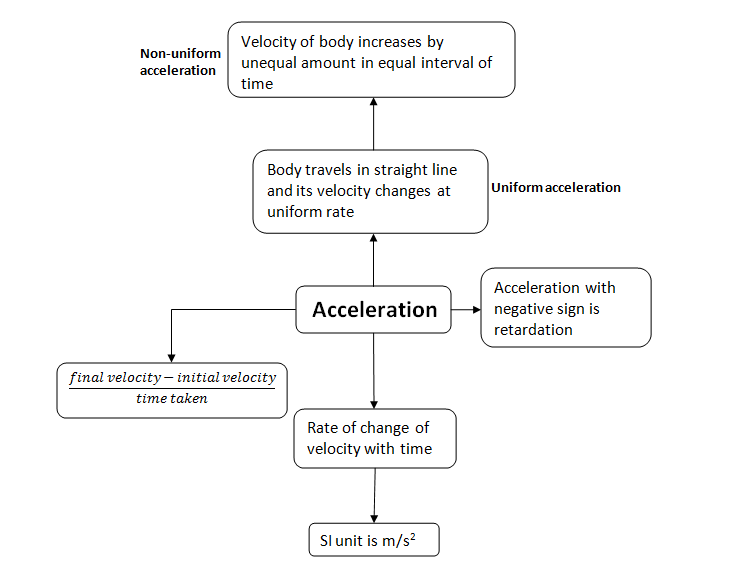Electric Current and Circuit
Q.1 What is electric charge?
Electric charge is the physical property of matter that causes it to experience a force when placed in an electromagnetic field. There are two types of electric charges: positive and negative.
Q.2 Describe the properties of electric charges?
Properties : -
(a) Opposite charges (or unlike charges) attract each other.
(b) Similar charge (or like charges) repel each other.
Q.3 What do you mean by static electricity and current electricity?
Static electricity is an imbalance of electric charges within or on the surface of a material. The charge remains until it is able to move away by means of an electric current or electrical discharge.
Current electricity is the set of physical phenomena associated with the presence and flow of electric charge.
Q.4 What do you mean by electric current?
The electric current is a flow of electric charges (called electrons or protons) in a conductor such as a metal wire.
Q.5 What is the S.I. unit of electric charge and current?
S.I. unit of
Charge – Coulomb
Current – Ampere
Q.6 State the basic differences between conductor and insulator.
Q.8 Calculate the number of electrons constituting one coulomb of charge? (Charge on one electron = 1.6 × 10-19C)
Q.10 How is an ammeter connected in a circuit to measure current flowing through it?
An ammeter is connected in series in a circuit to measure current flowing through it.
Q.11 In an electric circuit, state the relationship between the direction of conventional current and the direction of flow of electrons?
The direction of conventional current is opposite to the direction of flow of electrons.
Q.12 What does an electric circuit mean? Distinguish between an open and a closed circuit?
A continuous and closed path of electric current is called electric circuit.
In an open circuit, the switch key is open. While in a closed circuit, the switch key is closed.
Q.13 Define electric current with its S.I. unit. Write its formula:
Electric Current is the amount of charge flowing through a particular area in unit time.
SI unit of current I = Ampere
Formula = I = Q / t = Coulomb/time
Q.14 The amount of charge passing through a cell in four seconds in 12 C. Find the current supplied by cell.
Q.15 Calculate the number of electrons that could flow per second through the cross section of a wire when 4 A current flows in it.
Q.16 A current of 10 A flows through a conductor for two minutes :
(a) Calculate the amount of charge passed through unit area of cross section of the conductor.
(b) If the charge of an electron is 1.6 × 10-19 C then calculate the total number of electrons flowing.
Q.17 What is the SI unit of charge? Is it a scalar or vector quantity?
SI unit of charge is coulomb (C) = It is scalar quantity
Q.18 Define 1 C or one coulomb?
1 C charge is the charge which when placed at a distance of 1 m from an equal like charge in vacuum, experiences a repulsive force on 1 N.
Q.19 Define 1 A or one Ampere?
When 1 coulomb of charge flows through any cross-section of a conductor in 1 sec., the electric current flowing through it is said to be 1 ampere i.e.
1 ampere = 1 coulomb/ 1 second
Or 1 A = 1 C/1 s
Q.20 Write down the formula which relates electric charges,time and electric current ?
Q.21 By what name is the physical quantity coulombs / second called ?
Q.23 What are the fundamental laws of Electrostatics?
Fundamental laws of electrostatics –
(a) There are two types of charges – one is positive and other is negative.
(b) Like charge repel each other and unlike charges attract each other.
Q.25 Name a device that helps to maintain a potential difference across a conductor.
Cell, battery, power supply etc. are the devices that help to maintain a potential difference across a conductor.
Q.26 A current of 0.75 A is drawn by a filament of an electric bulb for 5 minutes. Find the amount of electric charge that flows through the circuit.
Q.27 Why does an ammeter burn out when connected in parallel in an electric circuit?
An ammeter is a low Resistance device. So, it should always be connected in series to a circuit for measuring current effectively.
However, if it is connected in parallel, the resistance of the circuit reduces considerably and a large amount of current flows through the circuit which may lead to the burning of the ammeter.
Q.28 Name the instrument used to change the resistance of the circuit?
Rheostat is the instrument used to change the resistance of the circuit.




